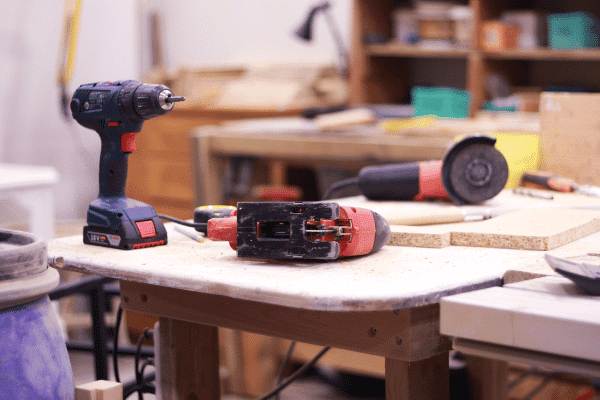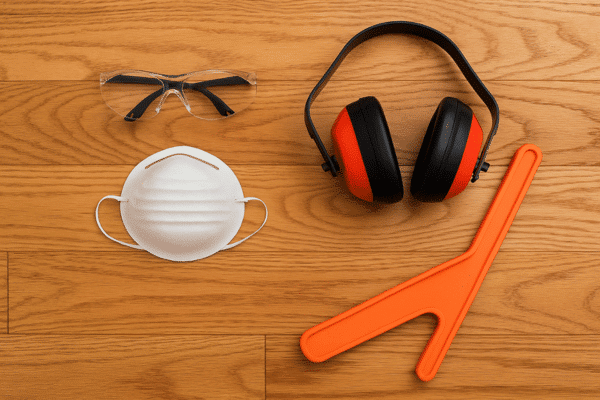Introduction
I’ll never forget my first real woodworking project with my dad: a built-in bookcase that looked way too fancy for our make-shift outdoor shop. The smell of fresh-cut oak, the sound of the saw buzzing, and the way my dad checked every cut like it was a sacred ritual—that memory is burned into my brain. What I learned later was that those tools mattered as much as the skill behind them. Without the right tools, you can take three times as long, make ten times as many mistakes, and sometimes scrap an entire project.
If you’re just starting out in woodworking, you don’t need a shop filled wall-to-wall with gadgets. You need the essentials—the best woodworking tools for beginners that will cover 80% of what you’ll build. In this guide, I’ll walk you through the must-have tools, sprinkle in my own lessons (including some painful mistakes), and recommend reliable beginner-friendly brands you can grab today.
Essential Hand Tools Every Beginner Woodworker Needs
Hand tools are where I started, and honestly, I think they give you something power tools never will—patience, technique, and an understanding of the process. My shop teacher used to say, “If you can cut it clean with a hand saw, you can do anything with a circular saw.” Learning the lessons of woodworking by hand was one of the most valuable that I’ve had.
Beginner must-haves:
- Tape measure – sounds basic, but accuracy starts here. Buy one with a sturdy reach (that’s how far it extends before sagging).
- Claw hammer – get one with a comfortable grip; don’t go for the cheapest, trust me. Don’t make the mistake of getting a framing hammer with a textured head. That texture is meant for grip when framing but it’ll cause serious damage to your beautiful woodworking project.
- Hand saw – There are several types of these. The traditional hand saw has been around forever. It’s tried and true. A Japanese pull saw is another option for smaller work. They stay sharp longer and leave a clean line for those dovetails.
- Chisels – my first bargain chisel set rolled over on hardwood. A mid-range set will save your knuckles. You’ll want a set that has several sizes of flat chisels.
- Screwdrivers – Phillips, flat, and a multi-bit driver will cover most situations.
Here’s the thing: cheap tools cost you more in frustration than money. So spend a little extra now, and you’ll thank yourself later.
Stanley Tape Measure
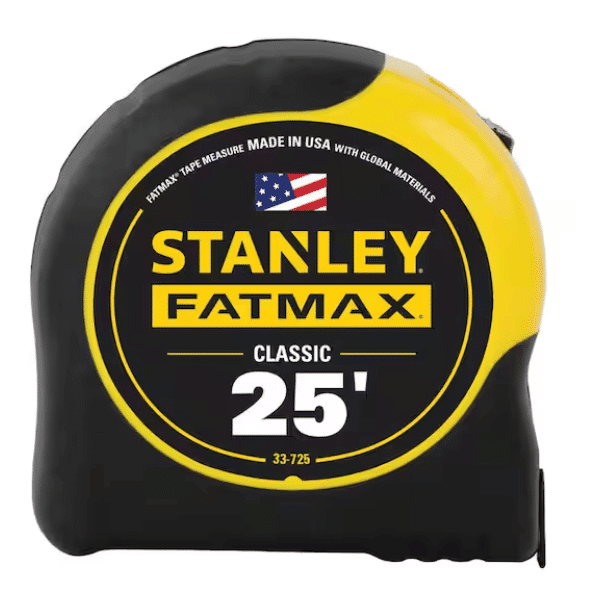
Irwin Claw Hammer

Jorgensen Hand Saw

Enertwist Chisel Set
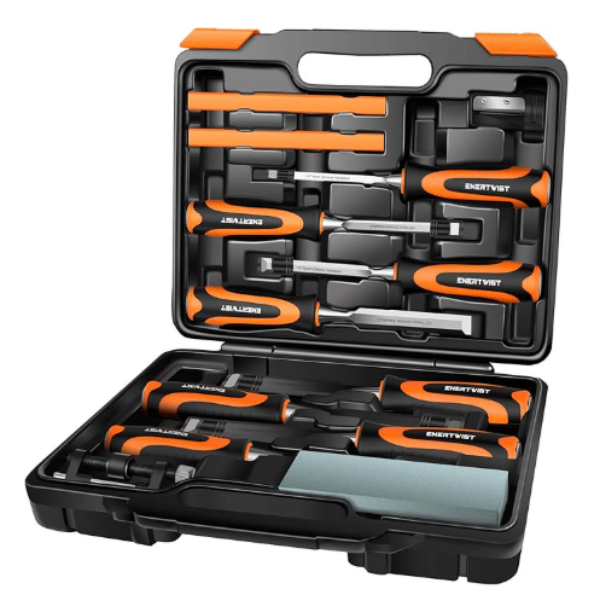
Husky Screwdriver Set

Beginner-Friendly Power Tools Worth the Investment
I still remember the day I received my first circular saw. I was renovating houses after college, and my wife bought me a DeWalt circular saw for my birthday. A good circular saw cut my work time in half and made me feel like a pro instantly.
Top starter power tools:
- Circular saw – versatile, portable, and affordable. It’ll be your best friend for straight cuts. You never have to worry about a corded saw dying on you, but they’re generally heavier than a battery-powered saw, and then you have to think about the cord all the time. I suggest starting with a battery-powered saw and purchasing a corded one later, if necessary.
- Power drill/driver – a cordless drill is the backbone of woodworking. I personally recommend grabbing an impact driver later, but a drill handles most jobs.
- Orbital sander – sanding by hand is noble, but an orbital sander saves hours. You’re going to spend so much time sanding that you need to relieve yourself in this area as soon as possible.
- Jigsaw – for curves and irregular cuts, it’s forgiving and beginner-friendly. It’s definitely an improvement over a hand-scrolling saw.
Now, let me warn you: my first table saw nearly scared me out of woodworking. I didn’t respect the safety rules, and the kickback launched a board across the garage like a wooden bullet. Start small. Circular saw first. Add the bigger stuff as your projects grow.
DeWalt Circular Saw
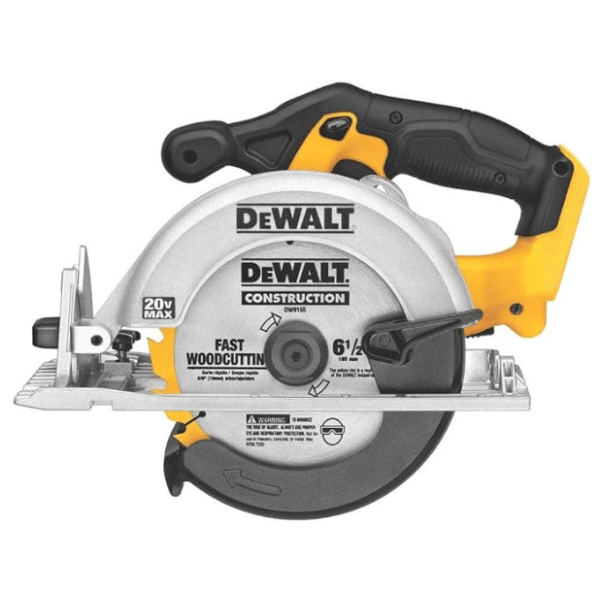
DeWalt Drill/Driver Kit

DeWalt Orbital Sander

Skil Jigsaw
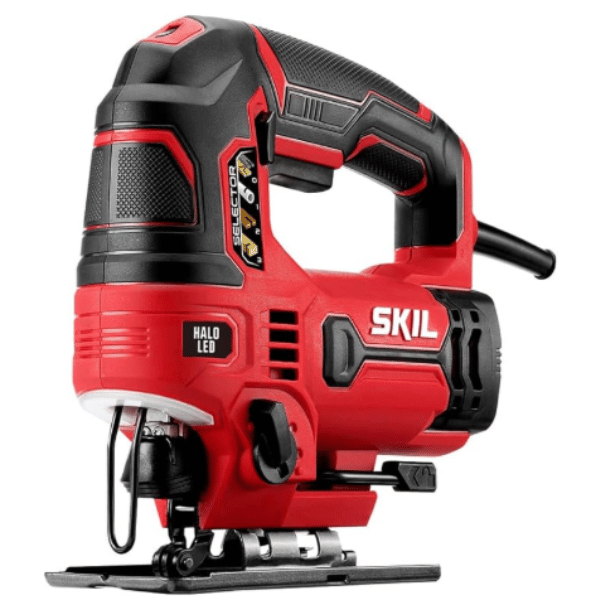
Measuring and Marking Tools for Accuracy
You know what ruins projects faster than anything? Bad measurements. I once mis-measured a shelf cut for my hexagonal oak display cabinet in high school. One bad angle, and the whole piece was off. I had to redo the entire shelf. Painful lesson.
Accuracy essentials:
- Combination square – perfect for 90° and 45° cuts. And you’ll learn that this tool doubles as a standard measurement tool on those woodworking projects.
- Speed square – quick layout and checking. I use this one all the time.
- Marking knife – way more precise than a pencil, and it leaves a slight bevel in the wood for your chisel to set in.
- Carpenter’s pencil – cheap and reliable. Just keep it sharp.
Accurate measuring tools save money by reducing wasted wood. Wood is pricey, and nothing hurts more than ruining walnut because you were off by ⅛ inch.
Irwin Combination Square
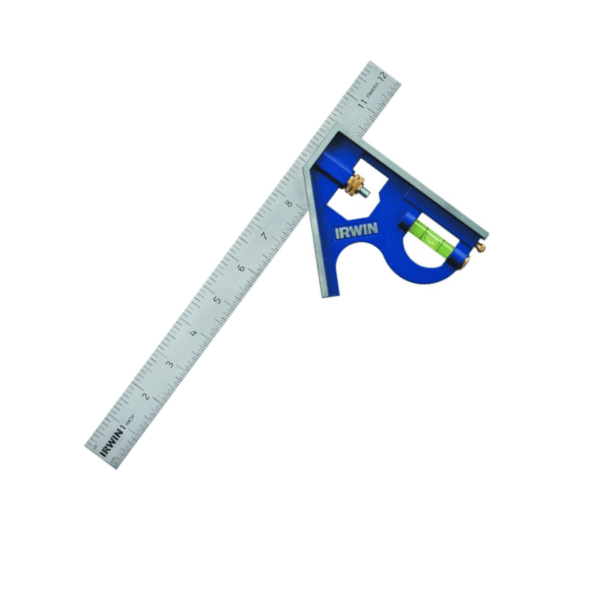
Swanson Speed Square
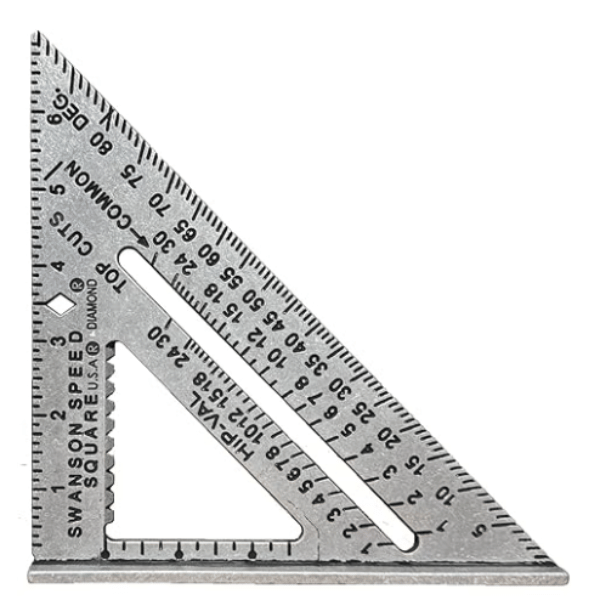
O’Skool Marking Knife
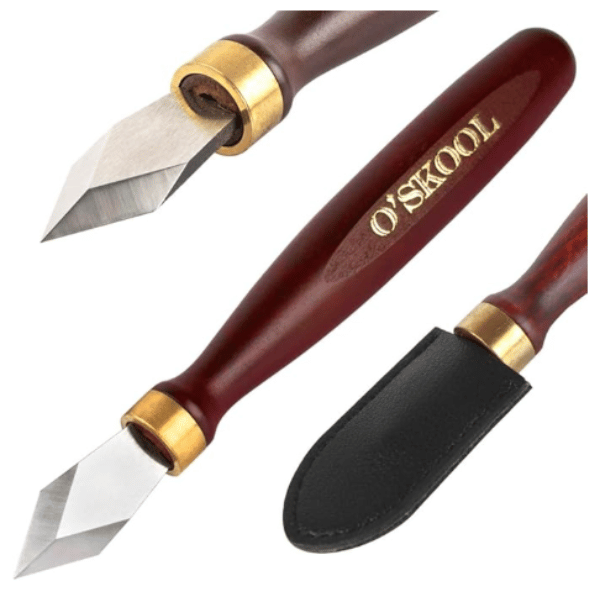
Carpenter Pencils
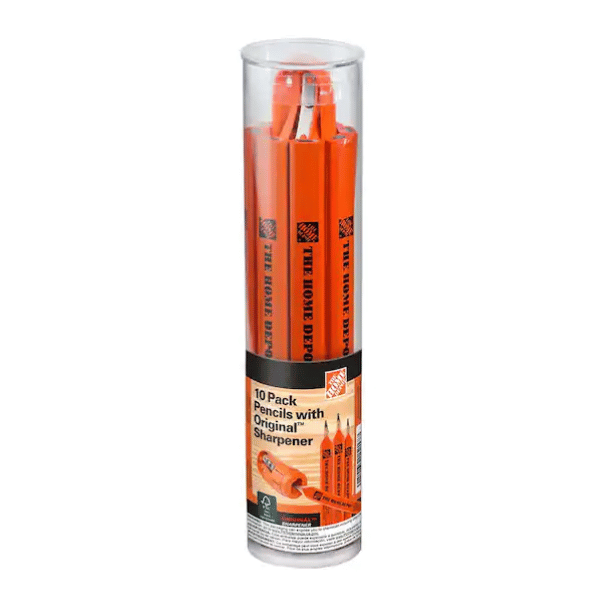
Safety Gear You Should Never Skip
Let me be blunt—your eyes, lungs, and hearing don’t grow back. And hospital bills are expensive. It pays to be safe.
Must-have safety gear:
- Safety glasses – shatterproof, wraparound if possible. Keep them with your tools and wear them!
- Hearing protection – earplugs or earmuffs. You get a Bluetooth attachment and jam while you’re working.
- Dust mask or respirator – A lot of the woods and wood products that we use in woodworking are infused with chemicals. When we’re sanding, the dust we release is full of these compounds. The same s true of the finishing products we use. Protect your lungs.
- Gloves – great for moving lumber, but never when operating saws. They can actually get caught in the blade. Stick to bare hands for tool operation.
Woodworking safety isn’t optional–it’s part of your tool kit.
Safety Glasses

Hearing Protection
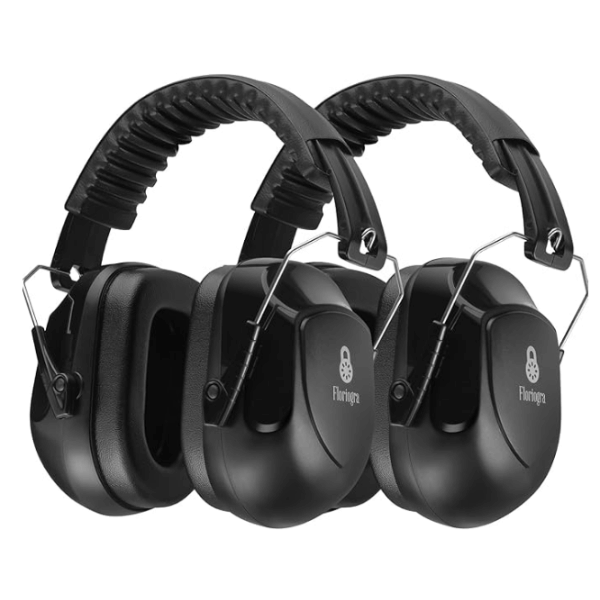
3M Respirator
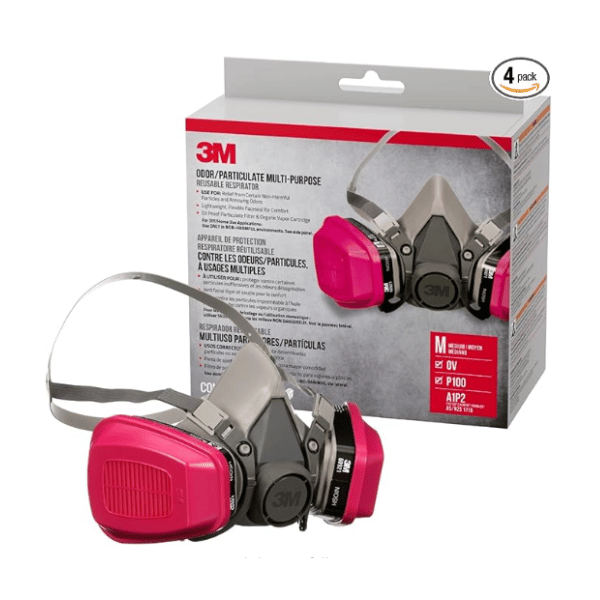
Work Gloves
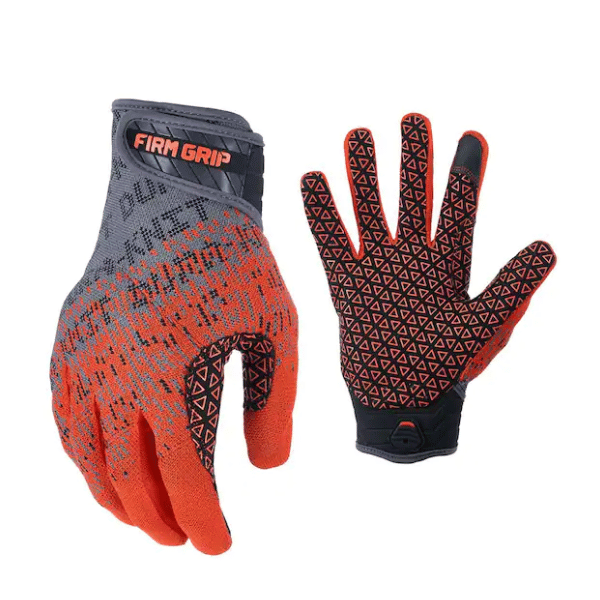
Workbenches and Clamps for Control
You can’t build much without a solid surface to work on. My first “workbench” was two sawhorses and a warped piece of plywood. I wasn’t building projects requiring precision back then. You can do better.
Beginner setup essentials:
- Workbench – sturdy, flat, doesn’t wobble. Even a DIY bench from 2x4s beats a shaky table. Your workbench is where you’re gonna do your cutting, sanding, assembly, gluing & finishing. It’s an important consideration. If you can afford one with a bench vise, that’s even better.
- Clamps – you’ll never have enough. Bar clamps, C-clamps, and pipe clamps are essentials. Ever seen those professional shops with walls full of them? They’re not just for looks. The bigger your projects, the more you’ll need. In the beginning, you can probably get away with just a few.
Clamps are like extra hands. I’ve ruined glue-ups by thinking two clamps would “do the job.” Now I keep at least six within reach.
Workbench

Woodworking Clamps

Starter Tool Kits and Where to Buy Them
Here’s the fun part: getting your kit together. You don’t have to piece everything one by one. Many brands offer beginner-friendly bundles that save money.
Great starter kits:
- DeWalt 20V Max Combo Kit – drill, driver, saw, light, and batteries. Reliable and long-lasting.
- Ryobi 18V ONE+ Kit – super affordable, tons of tool compatibility.
- Makita Cordless Kit – pricier but rock-solid.
- Porter Cable Tool Kit – budget-friendly with a good warranty.
Where to buy:
- Amazon – easy delivery and tons of reviews.
- Home Depot – solid return policies.
- Lowe’s – great for in-store pickup.
Pro tip: look for refurbished tools. I’ve picked up DeWalt drills for half-price that ran for years.
DeWalt 20V Max Tool Kit
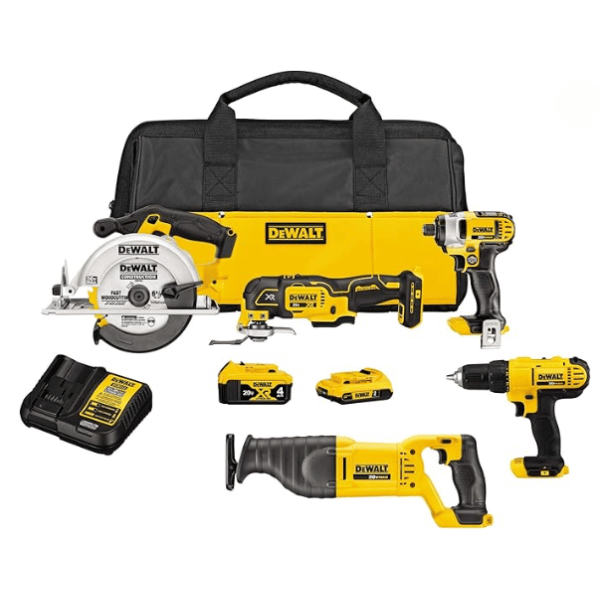
Ryobi 18V ONE+ Kit
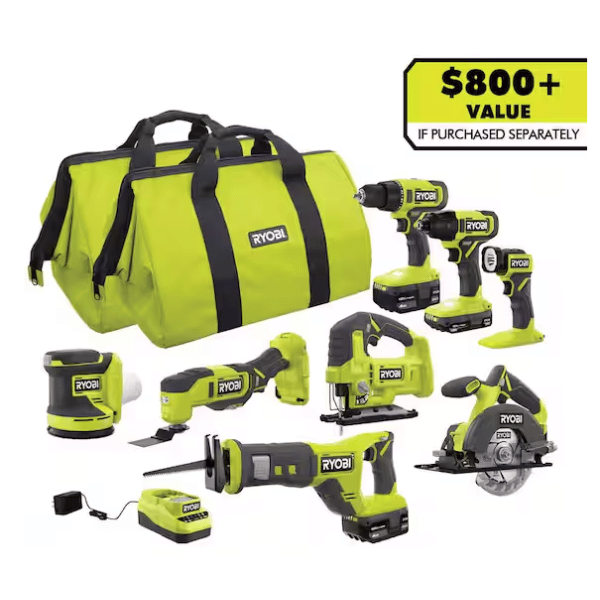
18V Makita Tool Kit

20V Porter Cable Tool Kit

Conclusion
Starting woodworking doesn’t mean filling your garage with tools overnight. With just a handful of the best woodworking tools for beginners, you can create projects that last a lifetime. Focus on quality over quantity, build your tool collection slowly, and most importantly—enjoy the process.
Whether it’s your first cutting board or a custom shelf, the right tools make it fun instead of frustrating. Ready to start? Check out the kits and links above and set up your first real workshop today.
Frequently Asked Questions
What tools do I need to start woodworking as a beginner?
Start with basics: tape measure, hammer, screwdrivers, chisels, hand saw, power drill, circular saw, sander, clamps, and safety gear.
What is the first power tool I should buy for woodworking?
Most beginners start with a circular saw. It’s affordable, versatile, and perfect for basic cuts.
Do I need a workbench for woodworking?
Yes. A stable workbench keeps projects safe and accurate. Even a simple DIY bench works better than a wobbly table.
Where can I buy woodworking starter kits?
Amazon, Home Depot, and Lowe’s carry beginner bundles from brands like DeWalt, Makita, Ryobi, and Craftsman.
Should I buy cheap tools as a beginner?
Avoid ultra-cheap tools—they dull fast and frustrate more than they help. Buy mid-range tools that will last years.

